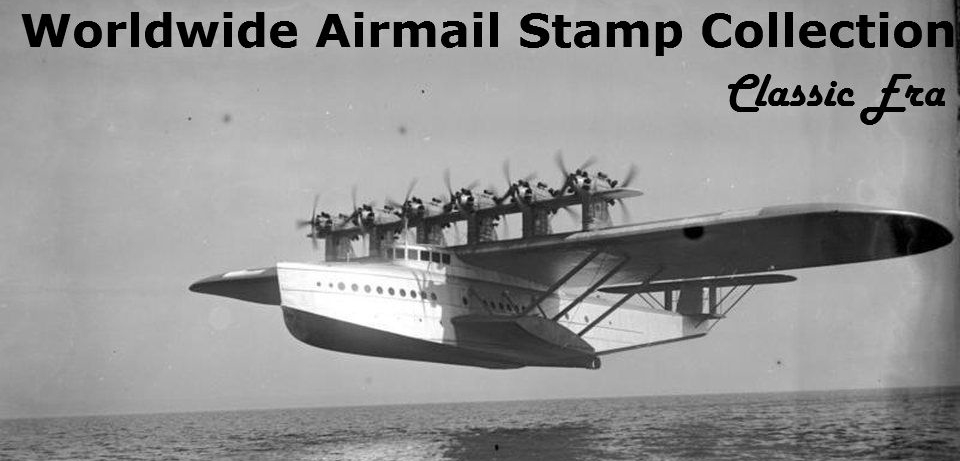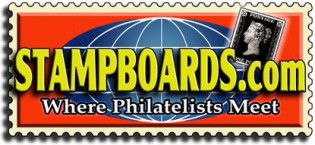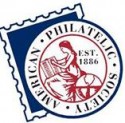[ezcol_1half]A specialized collection requires several decisions.
Which album should be used? Which catalog? And how will stamps be acquired? Kiloware may be interesting, but few old airmails will turn up there!
Here’s what I did:
Finding an album — The only popular airmail album was Scott’s International Air Post Album. It hasn’t been published in decades, and is in short supply today. But it turns up occasionally.
All commercial albums have a problem, however. They leave too much out. There are countless varieties of stamps; most aren’t included in commercial albums.
The answer was a custom album. Personal computers and cheap printers make these easy to produce. Of course, that entails some extra work. Not everyone wants to design an album. But I find it interesting and relaxing.
I had just purchased Apple’s ClarisWorks for Windows when I started this collection. ClarisWorks was one of the first office packages. It includes an easy-to-use graphics program. I mastered it quickly, and still use it.
ClarisWorks was designed for Windows 3.1, state of the art in 1994. I run it in Windows XP. It won’t run in later Windows editions.
Over the years, I have created countless pages. As the collection grew, I created new pages and discarded the old. I have really gotten my money’s worth out of ClarisWorks. I currently have 635 pages spread over seven albums.
I use archival, 80-pound text paper for the pages. It’s flexible, but stiff enough to withstand usage. When I finished my original carton, the paper I liked was no longer available. I had to use something else. Probably no one else would notice, but that irritated me.
That’s a lesson. When you settle on a paper, BUY A LOT OF IT! You’ll probably need it.[/ezcol_1half] [ezcol_1half_end]
Catalogs — I’m an American, living in the United States. Most of the dealers from whom I buy are American or Canadian. So, I use the Scott Classic Specialized Catalog of Stamps & Covers, 1840-1940. Scott lists virtually all major issues, plus many varieties. But some varieties are missing, as are many semi-officials, often issued by airlines.
That isn’t a big problem. During the airmail heyday, the bible was Sanabria’s Air Post Catalogue. The last complete Sanabria’s was published in 1966. A truncated version, through the letter M, was published in 1972. Nearly all varieties can be found there.
Sanabria catalogs are sold on the Internet. Even better, they’re available from the American Philatelic Research Library. I borrowed the 1966 and 1972 editions from the APRL.
Many other catalogs are available, including Michel (Germany and elsewhere), Maury (France and French areas), Edifil (Spain and Spanish areas), Unitrade (Canada) and Stanley-Gibbons (British areas). Specialized catalogs are sometimes available through clubs.
Finding stamps — Early on, I bought most of my stamps through approvals. I limited my purchases to complete sets in nearly all cases. Individual stamps from sets can be hard to find. I also bought only unused.
Soon, I started purchasing stamps through auctions. I well remember getting the catalogs in the mail. The World Wide Web was just getting started in 1994. There wasn’t a lot on it for stamp collectors.
Things are very different today. I haunt the Internet auction sites, especially Stamp Auction Network. eBay is outstanding, too. Price discovery is much easier today than 20 years ago.
Another good source for stamps is the American Philatelic Society’s StampStore. Hundreds of thousands of stamps are listed there. In general, the prices are good. I have also purchased quite a few stamps on Zillions of Stamps. That site is run by Amos Press, publisher of Scott catalogs.




